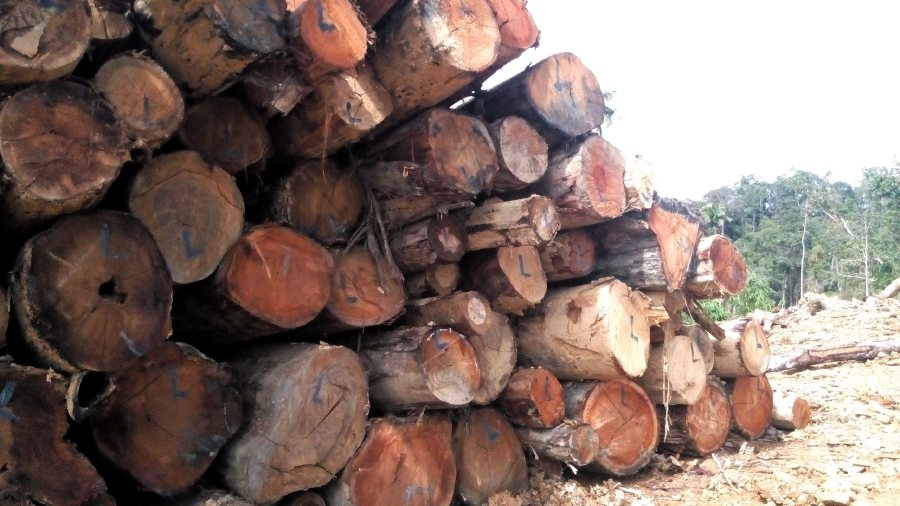
KUCHING (May 3): Industry players are urged to capitalise on timber from planted forests to produce high value-added products such as engineered wood, panels and furniture.
Sarawak Timber Industry Development Corporation (STIDC) said in a statement that timber from planted forests can also be used to produce primary products such as veneer, plywood, sawn timber and wood chips.
“Other products include medium-density fibreboard (MDF), particle board, components/parts, furniture and pellets.
“In the future, timber from planted forests will also be used to produce engineered wood including laminated veneer lumber (LVL), cross-laminated timber (CLT) and glue-laminated timber (glulam) and other panel products such as oriented strand board (OSB) and chipboard,” it added.
STIDC pointed out that the timber industry landscape has changed from merely processing timber from tropical natural forests to utilising timber from planted forests besides bamboo from industrial and community plantings.
“The development of the timber industry is supported by raw materials from renewable and sustainable sources, particularly planted forests.
“Planted forests are vital in mitigating pressure and minimising reliance on raw materials from natural forests,” it said.
Under the state’s Post Covid-19 Development Strategy (PCDS) 2030, it said the timber industry was identified as one of the important economic sectors to generate RM8 billion in export earnings annually to transform Sarawak into a developed state by 2030.
“The timber industry, therefore, must embrace changes and transformation from primary into high value-added processing such as panel- based, engineered wood, furniture and bamboo-based products.
“Modern technology must be leveraged by adopting IR4.0 to enhance competitiveness and efficiency in processing raw materials from planted forests to produce new products for global markets,” it added.
Nevertheless, it noted that the timber industry, being the mainstay of the state’s economy, must also be developed in a sustainable manner.
“All long-term timber licensees in Sarawak will be fully certified by 2025 to comply with the sustainable forest management system.
“The development of planted forests must be enhanced to produce high yield and good quality timber to accelerate growth for the domestic downstream timber industry,” it said.
It also said that bamboo being fast-growing should be capitalised to complement timber and to support the industry.
“Biomass from agriculture plants, particularly rubber wood, must also be utilised to drive sustainability,” it added.
STIDC said the Sarawak government is taking proactive steps in meeting the needs of the timber industry by ensuring sustainable and renewable supply of raw materials.
“In tandem with this, it embarks on planted forest establishments through smart partnership with the private sector.
“This is in realisation of the aspiration to plant one million hectares of fast-growing tree species by 2025,” it said.
It said at present, there are 50 active Licences for Planted Forests (LPFs) with a gross area of approximately 2.89 million hectares throughout the state.
“They have planted 566,083 hectares as of December 2022. The main species planted were Acacia spp. at 54.6 per cent, followed by Batai (Falcataria moluccana) 18.9 per cent, Eucalyptus spp. 14.7 per cent, Kelampayan (Neolamarckia cadamba) 6.2 per cent and others 5.6 per cent,” it said.
STIDC said Sarawak started to produce 92,533 cubic metres of timber from planted forests in 2011.
“The production volume increased to 1.13 million cubic metres in 2022,” it added.
from Borneo Post Online https://ift.tt/uJFra5W
via IFTTT

No comments:
Post a Comment